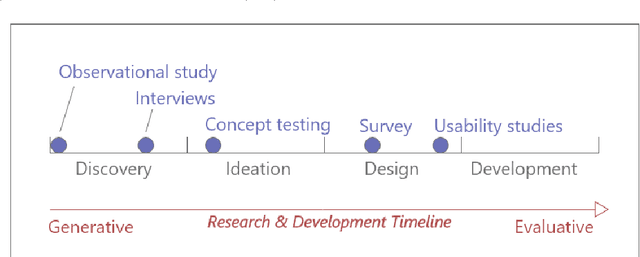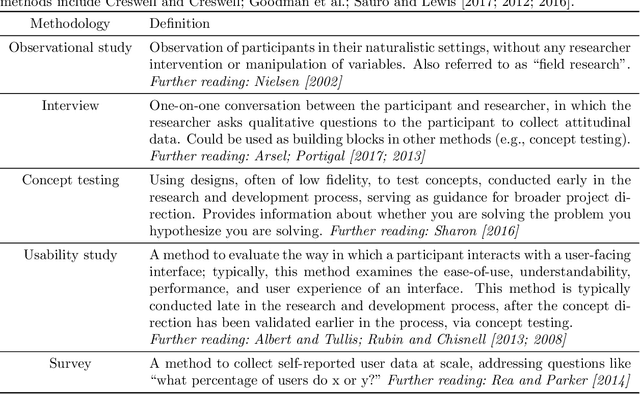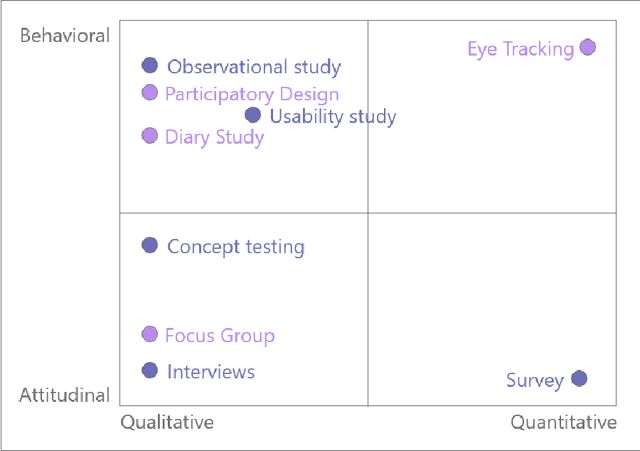Laura Herman
Art and the science of generative AI: A deeper dive
Jun 07, 2023Abstract:A new class of tools, colloquially called generative AI, can produce high-quality artistic media for visual arts, concept art, music, fiction, literature, video, and animation. The generative capabilities of these tools are likely to fundamentally alter the creative processes by which creators formulate ideas and put them into production. As creativity is reimagined, so too may be many sectors of society. Understanding the impact of generative AI - and making policy decisions around it - requires new interdisciplinary scientific inquiry into culture, economics, law, algorithms, and the interaction of technology and creativity. We argue that generative AI is not the harbinger of art's demise, but rather is a new medium with its own distinct affordances. In this vein, we consider the impacts of this new medium on creators across four themes: aesthetics and culture, legal questions of ownership and credit, the future of creative work, and impacts on the contemporary media ecosystem. Across these themes, we highlight key research questions and directions to inform policy and beneficial uses of the technology.
Towards Better User Studies in Computer Graphics and Vision
Jun 23, 2022


Abstract:Online crowdsourcing platforms make it easy to perform evaluations of algorithm outputs with surveys that ask questions like "which image is better, A or B?") The proliferation of these "user studies" in vision and graphics research papers has led to an increase of hastily conducted studies that are sloppy and uninformative at best, and potentially harmful and misleading. We argue that more attention needs to be paid to both the design and reporting of user studies in computer vision and graphics papers. In an attempt to improve practitioners' knowledge and increase the trustworthiness and replicability of user studies, we provide an overview of methodologies from user experience research (UXR), human-computer interaction (HCI), and related fields. We discuss foundational user research methods (e.g., needfinding) that are presently underutilized in computer vision and graphics research, but can provide valuable guidance for research projects. We provide further pointers to the literature for readers interested in exploring other UXR methodologies. Finally, we describe broader open issues and recommendations for the research community. We encourage authors and reviewers alike to recognize that not every research contribution requires a user study, and that having no study at all is better than having a carelessly conducted one.
 Add to Chrome
Add to Chrome Add to Firefox
Add to Firefox Add to Edge
Add to Edge